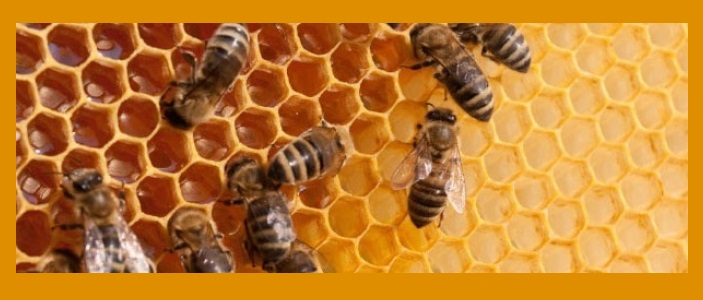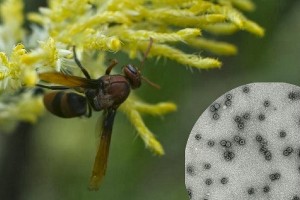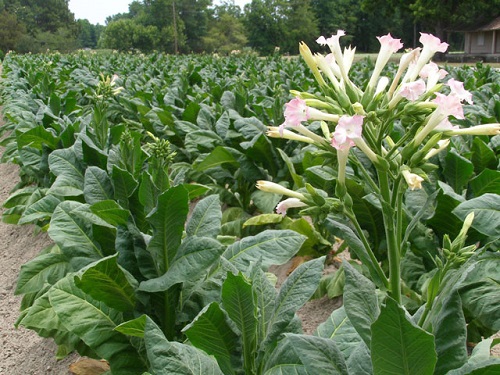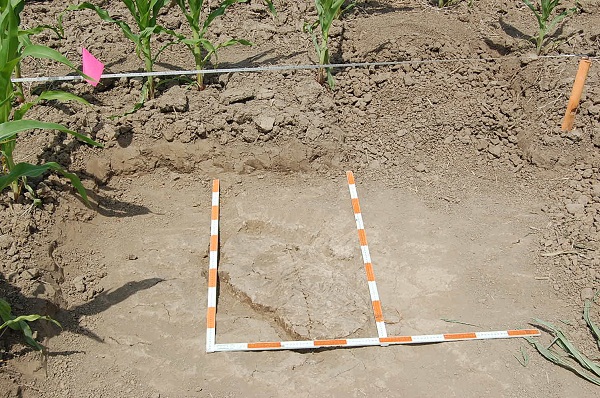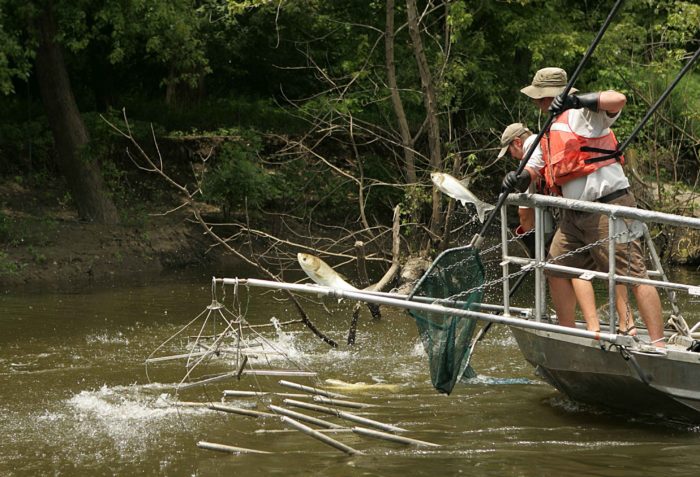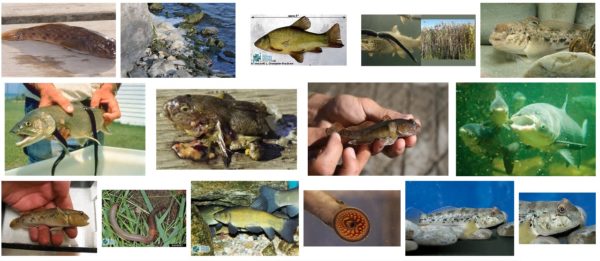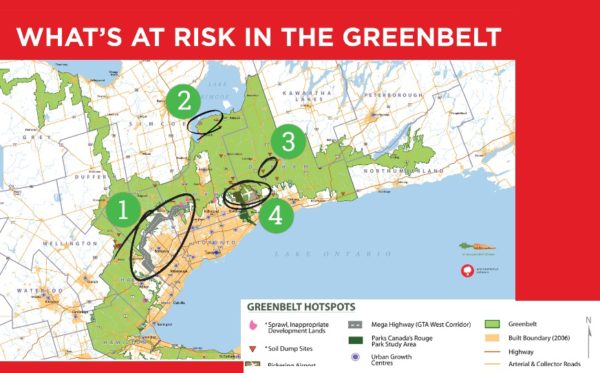| City/Town |
Number of Chargers |
Location of Chargers |
| Central Region |
Level 2: 223
Level 3: 84 |
|
| Barrie |
Level 2: 0
Level 3: 1 |
McDonald’s – 446 Bayfield St. |
| Beamsville |
Level 2: 0
Level 3: 1 |
Tim Horton’s – 5005 Ontario St. |
| Beaverton |
Level 2: 0
Level 3: 1 |
McDonald’s – 84 Beaverton Ave. |
| Bolton |
Level 2: 0
Level 3: 1 |
Albion Bolton Community Centre – 150 Queen St. South |
| Bradford |
Level 2: 0
Level 3: 1 |
Tim Horton’s – 440 Holland St. West |
| Brampton |
Level 2: 6
Level 3: 0 |
Soccer Centre Recreation Facility – 1495 Sandalwood Pkwy. East
Heart Lake Conservation Area – 10818 Heart Lake Rd.
Claireville Conservation Area – 8180 Hwy 50 |
| Burlington |
Level 2: 1
Level 3: 2 |
IKEA – 1065 Plains Rd. East
Appleby Crossing – 2435 Appleby Line |
| Caledon |
Level 2: 3
Level 3: 1 |
Albion Hills Conservation Area Chalet – 16500 Regional Rd.
Albion Hills Conservation Area Beach Parking – 16500 Regional Rd.
Glen Haffy Conservation Area – 19245 Airport Rd.
Margaret Dunn Library – 20 Snelcrest Dr. |
| Collingwood |
Level 2: 0
Level 3: 2 |
McDonald’s – 285 First St.
Tim Horton’s – 4 High St. |
| Elmvale |
Level 2: 0
Level 3: 1 |
Tim Horton’s – 68 Yonge St. South |
| Fort Erie |
Level 2: 0
Level 3: 2 |
McDonald’s – 325 Garrison Rd.
Tim Horton’s – 1167 Garrison Rd. |
| Goodwood |
Level 2: 1
Level 3: 0 |
Claremont Field Centre – 4290 Westney Rd. North |
| Hamilton |
Level 2: 1
Level 3: 2 |
Centre on Barton – 1275 Barton St. East
Tim Horton’s – 1470 ON-6
Tim Horton’s – 473 Concession St. |
| Keswick |
Level 2: 1
Level 3: 1 |
Glenwoods Centre – 443 The Queensway South |
| Markham |
Level 2: 10
Level 3: 2 |
123 Commerce Valley Dr. West
125 Commerce Valley Dr. West
50 Minthorn Blvd.
140 Allstate Pkwy.
Armadale Crossing – 7690-7770 Markham Rd.
80 Allstate Parkway |
| Midhurst |
Level 2: 0
Level 3: 1 |
Simcoe County Museum – 1151 Highway 26 |
| Midland |
Level 2: 0
Level 3: 1 |
Tim Horton’s – 16815 ON-12 |
| Milton |
Level 2: 1
Level 3: 1 |
Campbellville Country Court Plaza – 35 Crawford Cres. |
| Mississauga |
Level 2: 58
Level 3: 20 |
80 Courtneypark Dr.
5800 Explorer Dr.
Meadowvale Corporate Centre – 6880 Financial Dr.
5750 Explorer Dr.
2085 Hurontario St.
4701/4715 Tahoe Blvd.
Indian Line Campground – 7625 Finch Ave. West
Pearson International Airport – 6301 Silver Dart Dr.
Pearson International Airport – 8 Network Rd.
Pearson International Airport – 3111 Convair Dr.
Hilton Mississauga – 6750 Mississusauga Rd.
2630 Skymark Ave.
Novo-nordisk – 2680 Skymark Ave.
Airway Centre – 5935 Airport Rd.
30 Eglinton Ave. West |
| Newmarket |
Level 2: 0
Level 3: 1 |
McDonald’s – 1100 Davic Dr. |
| Niagara Falls |
Level 2: 0
Level 3: 1 |
Tim Horton’s – 8089 Portage Rd. |
| Oakville |
Level 2: 0
Level 3: 2 |
Tim Horton’s – 228 Wyecroft Rd. |
| Orangeville |
Level 2: 0
Level 3: 1 |
McDonald’s – 23 Broadway Ave. |
| Orillia |
Level 2: 0
Level 3: 2 |
McDonald’s – 320 Memorial Ave.
Tim Horton’s – 25 Colborne St. East |
| Oshawa |
Level 2: 0
Level 3: 2 |
Best Western Oshawa – 559 Bloor St. West |
| Pickering |
Level 2: 1
Level 3: 1 |
Petticoat Creek Conservation Area – 1100 Whites Rd. |
| Richmond Hill |
Level 2: 9
Level 3: 0 |
30 Leek Cres.
38 Leek Cres.
95 Mural St.
1725 16th Ave.
Swan Lake Centre – 1229 Bethesda Sideroad |
| St Catharines |
Level 2: 0
Level 3: 1 |
Tim Horton’s – 170 4th Ave. South |
| Stayner |
Level 2: 0
Level 3: 1 |
Clearview Joint Emergency Services Operations Centre – 6993 ON-26 |
| Stouffville |
Level 2: 1
Level 3: 0 |
Bruce’s Mill Conservation Area – 3291 Stouffville Rd. |
| Toronto |
Level 2: 121
Level 3: 25 |
IKEA Etobicoke – 1475 The Queensway
IKEA North York – 15 Provost Dr.
St. Joseph’s Health Centre – 30 The Queensway
Royal Bank Plaza – 200 Bay St.
University Centre – 383 University Ave.
5775 Yonge St.
Lucliff Place – 700 Bay St.
York Mills Centre – 4325 Yonge St.
MaRS Centre – 661 University Ave.
Yorkville Village – 87 Avenue Rd.
Madison Centre – 4950 Yonge St.
Citibank – 123 Front St.
110 Yonge St.
525 University Ave.
175 Bloor St.
Metro Centre – 200 Wellington St.
Airport Marriott – 901 Dixon Rd.
Maple Leaf Square – 15 York St.
Air Canada Centre – 50 Bay St.
Air Miles Tower – 438 University Ave.
720 Bay St.
655 Bay St.
5001 Yonge St.
Adelaide Place – 181 University Ave.
2075 Kennedy Rd.
Dynamic Funds Tower – 1 Adelaide St. East
Atria – 2235 Sheppard Ave. East
30 Adelaide St. East
Commerce West – 401 and 405 The West Mall
SNC-Lavalin – 304 The East Mall
Burnhamthorpe Square – 10-20 Four Seasons Place
Morneau Shepall – 895 Don Mills Rd.
145 King St. West
150 King St. West
Sun Life Centre – 200 King St. West
Manulife Centre – 55 Bloor St. West
Bloor Islington Place – 3250 Bloor St. West
33 Bloor St. West
Scotiabank Plaza – 40 King St. West
115 Gordon Baker Rd.
Foresters – 789 Don Mills Rd.
277 Wellington St. West
Glen Rouge Conservation Area – 7450 Kingston Rd.
Milliken Crossing – 5631 – 5671 Steeles Ave. East
Black Creek Pioneer Village – 1000 Murray Ross Parkway
Humber River Hospital – 1235 Wilson Ave. |
| Tottenham |
Level 2: 1
Level 3: 1 |
Tottenham Mall – 55 Queen St. South |
| Vaughan |
Level 2: 4
Level 3: 3 |
TRCA Head Office – 101 Exchange Ave.
Joint Operations Centre – 2800 Rutherford Rd.
IKEA – 200 Interchange Way |
| Vineland Station |
Level 2: 0
Level 3: 1 |
Tim Horton’s – 3335 North Service Rd. |
| Washago |
Level 2: 0
Level 3: 1 |
Washago Carpool Lot – HWY 11/169 |
| Whitby |
Level 2: 1
Level 3: 0 |
Taunton Gardens – 320 Taunton Rd. East |
| Woodbridge |
Level 2: 3
Level 3: 0 |
Boyd Conservation Area – 8739 Islington Ave.
Kortright Centre – 9550 Pine Valley Dr. |
| East Region |
Level 2: 17
Level 3: 49 |
|
| Arnprior |
Level 2: 0
Level 3: 3 |
Tim Horton’s – 201 Madawaska Blvd.
Metro/Food Basics – 375 Daniel St. South
McDonald’s – 16 Baskin Dr. West |
| Bancroft |
Level 2: 0
Level 3: 1 |
Tim Horton’s – 234 Hastings St. North |
| Barrhaven |
Level 2: 2
Level 3: 0 |
Ottawa Park and Ride – 3347 Fallowfield Rd. |
| Belleville |
Level 2: 0
Level 3: 1 |
Tim Horton’s – 218 Bell Blvd. |
| Brockville |
Level 2: 0
Level 3: 2 |
McDonald’s – 2454 Parkdale Ave.
Tim Horton’s – 77 William St. |
| Campbellford |
Level 2: 0
Level 3: 1 |
Tim Horton’s – 148 Grand Rd. |
| Carleton Place |
Level 2: 0
Level 3: 1 |
Tim Horton’s – 144 Franktown Rd. |
| Casselman |
Level 2: 0
Level 3: 1 |
Metro/Food Basics – 21 Richer Close |
| Cornwall |
Level 2: 0
Level 3: 3 |
Tim Horton’s – 81 Tollgate Rd. West
McDonald’s – 1301 Brookdale Ave.
St. Hubert – 705 Brookdale Ave. |
| Deep River |
Level 2: 0
Level 3: 1 |
Tim Horton’s – 33235 Hwy 17 |
| Embrun |
Level 2: 2
Level 3: 0 |
Embrun Arena – 8 Blais St. |
| Fenelon Falls |
Level 2: 0
Level 3: 1 |
Tim Horton’s – 23 Lindsay St. |
| Gloucester |
Level 2: 0
Level 3: 1 |
St. Hubert – 2484 Boulevard St. Joseph |
| Hawkesbury |
Level 2: 0
Level 3: 2 |
St. Hubert – 456 County Rd. 17
Tim Horton’s – 418 Main St. East |
| Johnstown |
Level 2: 0
Level 3: 1 |
Gas Bar – 2618 CR-2 |
| Kanata |
Level 2: 1
Level 3: 1 |
Ottawa Park and Ride – 130 Earl Grey Dr. |
| Kemptville |
Level 2: 0
Level 3: 1 |
TSC Stores – 2966 County Rd. 43 |
| Kingston |
Level 2: 0
Level 3: 1 |
Tim Horton’s – 681 Princess St. |
| Lindsay |
Level 2: 0
Level 3: 2 |
Lindsay Recreation Complex – 133 Adelaide St. South
Tim Horton’s – 85 Mt Hope St. |
| Madoc |
Level 2: 0
Level 3: 2 |
McDonald’s – 14118 Hwy 62
Tim Horton’s – 14121 ON-7 |
| Manotick |
Level 2: 0
Level 3: 1 |
Tim Horton’s – 989 River Rd. |
| Napanee |
Level 2: 0
Level 3: 1 |
Tim Horton’s – 478 Centre St. North |
| Nepean |
Level 2: 2
Level 3: 0 |
Ben Franklin Place – 101 Centrepointe Dr. |
| Newcastle |
Level 2: 0
Level 3: 1 |
Tim Horton’s – 361 King Ave. East |
| Ottawa |
Level 2: 3
Level 3: 8 |
McDonald’s – 670 Bronson Ave.
City of Ottawa Fire Administration Building – 1445 Carling Ave.
St. Hubert – 4010 Riverside Dr.
Ottawa Public Parking Lot – 687 Somerset
IKEA – 2685 Iris St. |
| Pembroke |
Level 2: 0
Level 3: 2 |
McDonald’s – 805 Pembroke St. East
Tim Horton’s – 11 Robinson Ln. |
| Perth |
Level 2: 0
Level 3: 1 |
McDonald’s – 35 Dufferin St. |
| Peterborough |
Level 2: 7
Level 3: 4 |
Tim Horton’s – 1527 Water St.
Lansdowne Place Mall – 645 Lansdowne St.
Norwood Town Hall – 2357 County Rd. 45
King Street Parking Garage – 200 King St.
Memorial Centre Arena – 151 Lansdowne St. West
Riverview Park Zoo – 1230 Water St.
Downtown Lakefield Public Parking – 39 Queen St. |
| Picton |
Level 2: 0
Level 3: 1 |
Downtown Picton Public Parking – 55 King St. |
| Port Hope |
Level 2: 0
Level 3: 1 |
McDonald’s – 175 Rose Glen Rd. North |
| Port Perry |
Level 2: 0
Level 3: 1 |
McDonald’s – 14500 Simcoe St. |
| Rockland |
Level 2: 0
Level 3: 2 |
Metro/Food Basics – 9071 County Rd. 17
Tim Horton’s – 2875 Laporte St. |
| Northeast Region |
Level 2: 1
Level 3: 24 |
|
| Azilda |
Level 2: 0
Level 3: 1 |
Tim Horton’s – 514 Notre Dame St. East |
| Burk’s Falls |
Level 2: 0
Level 3: 1 |
Tim Horton’s – 27 Commercial Dr. |
| Elliot Lake |
Level 2: 0
Level 3: 2 |
McDonald’s – 269 King’s Hwy 108
Tim Horton’s – 261 ON-108 |
| Espanola |
Level 2: 0
Level 3: 1 |
Tim Horton’s – 701 Centre St. |
| Gravenhurst |
Level 2: 0
Level 3: 2 |
McDonald’s – 1105 Bethuine Dr.
Tim Horton’s – 150 Talisman Dr. |
| Huntsville |
Level 2: 0
Level 3: 1 |
Tim Horton’s – 44 ON-60 |
| Kapuskasing |
Level 2: 0
Level 3: 2 |
McDonald’s – 240 Government Rd.
Tim Horton’s – 8 Government Rd. East |
| Kirkland Lake |
Level 2: 0
Level 3: 2 |
McDonald’s – 155 Government Rd. West
Tim Horton’s – 175 Government Rd. West |
| New Liskeard |
Level 2: 0
Level 3: 2 |
McDonald’s – 883350 Hwy 65 West
Tim Horton’s – 883307 ON-65 |
| North Bay |
Level 2: 0
Level 3: 2 |
McDonald’s – 999 McKeown Ave.
Tim Horton’s – 114 Drury St. |
| Parry Sound |
Level 2: 0
Level 3: 1 |
McDonald’s – 118 Bowes St. |
| Port Severn |
Level 2: 1
Level 3: 1 |
Jag’s Petro Canada – 41 Lone Pine Rd. |
| Sault Ste. Marie |
Level 2: 0
Level 3: 2 |
McDonald’s – 673 Trunk Rd.
Tim Horton’s – 223 Second Line West |
| Sudbury |
Level 2: 0
Level 3: 1 |
McDonald’s – 914 Newgate Ave. |
| South Porcupine |
Level 2: 0
Level 3: 1 |
Tim Horton’s – 4556 ON-101 |
| Timmins |
Level 2: 0
Level 3: 1 |
McDonald’s – 520-522 Algonquin Blvd. East |
| Wawa |
Level 2: 0
Level 3: 1 |
Tim Horton’s – 92 Mission Rd. |
| Northwest Region |
Level 2: 0
Level 3: 7 |
|
| Dryden |
Level 2: 0
Level 3: 2 |
McDonald’s – 520 Government St.
Tim Horton’s – 655 Government St. |
| Fort Frances |
Level 2: 0
Level 3: 2 |
McDonald’s – 831 Kings Highway
Tim Horton’s – 525 Hwy 11 West |
| Kenora |
Level 2: 0
Level 3: 1 |
McDonald’s – 900 Highway 17 East |
| Thunder Bay |
Level 2: 0
Level 3: 2 |
McDonald’s – 770 Memorial Ave.
Tim Horton’s – 121 East Ave. |
| West Region |
Level 2: 33
Level 3: 47 |
|
| Amherstburg |
Level 2: 0
Level 3: 1 |
The Libro Centre – 3295 Meloche Rd. |
| Arthur |
Level 2: 1
Level 3: 2 |
Arthur Library and Medical Centre – 110 Charles St. East
Arthur Sports Complex – 158 Domville St. |
| Brantford |
Level 2: 0
Level 3: 2 |
McDonald’s – 73 King George Rd.
Tim Horton’s – 1290 Colborne St. East |
| Cambridge |
Level 2: 0
Level 3: 1 |
McDonald’s – 416 Hespeler Rd. |
| Cayuga |
Level 2: 0
Level 3: 1 |
Tim Horton’s – 51 Talbot St. |
| Chatham |
Level 2: 0
Level 3: 2 |
McDonald’s – 710 Richmond St.
Tim Horton’s – 33 3rd St. |
| Clifford |
Level 2: 1
Level 3: 1 |
Clifford Community Complex – 2 Brown St. South |
| Clinton |
Level 2: 0
Level 3: 1 |
Tim Horton’s – 300 Ontario St. |
| Drumbo |
Level 2: 1
Level 3: 1 |
Mister Steak Highway Travel Plaza – 80667 Oxford Rd. 29 |
| Essex |
Level 2: 0
Level 3: 4 |
Essex Centre Sports Complex – 60 Fairview Ave. West
Colechester Harbour – 100 Jackson St. |
| Exeter |
Level 2: 1
Level 3: 1 |
153 Main St. North |
| Goderich |
Level 2: 0
Level 3: 1 |
McDonald’s – 354 Bayfield Rd. |
| Guelph |
Level 2: 1
Level 3: 3 |
Social Services Building – 138 Wyndham St. North
Puslinch Library – 29 Brock Rd. South
N Hanlon Park Mall – 218 Silvercreek Pkwy. |
| Hanover |
Level 2: 0
Level 3: 2 |
McDonald’s – 800 10th St.
Tim Horton’s – 639 10th St. |
| Harriston |
Level 2: 0
Level 3: 1 |
Tim Horton’s – 182 Elora St. |
| Ingersoll |
Level 2: 2
Level 3: 1 |
Downtown Ingersoll Public Parking – 16 King St. |
| Innisfil |
Level 2: 0
Level 3: 1 |
Tim Horton’s – 940 Innisfil Beach Rd. |
| Kitchener |
Level 2: 8
Level 3: 0 |
50 Queen St. North
55 King St. West |
| Leamington |
Level 2: 0
Level 3: 1 |
McDonald’s – 214 Talbot St. |
| London |
Level 2: 6
Level 3: 1 |
Wellington Commons – 1210 Wellington Rd. South
Tim Horton’s – 146 Clarke Rd.
City Centre – 380 Wellington St. |
| Meaford |
Level 2: 0
Level 3: 1 |
Tim Horton’s – 291 Sykes St. South |
| Mount Forest |
Level 2: 1
Level 3: 1 |
Mount Forest Sports Complex – 850 Princess St. |
| Owen Sound |
Level 2: 0
Level 3: 1 |
McDonald’s – 1015 10th St. West |
| Port Colborne |
Level 2: 0
Level 3: 1 |
Tim Horton’s – 429 Main St. West |
| Port Dover |
Level 2: 0
Level 3: 1 |
Tim Horton’s – 1 St Andrew St. |
| Port Elgin |
Level 2: 0
Level 3: 1 |
McDonald’s – 278 Goderich St. |
| Sarnia |
Level 2: 0
Level 3: 1 |
Tim Horton’s – 1399 Colborne Rd. |
| Simcoe |
Level 2: 0
Level 3: 1 |
McDonald’s – 77 Queensway East |
| Southampton |
Level 2: 1
Level 3: 0 |
Saugeen First Nation Gas Bar – 43 Cameron Dr. |
| Stratford |
Level 2: 0
Level 3: 1 |
McDonald’s – 1040 Ontario St. |
| Strathroy |
Level 2: 0
Level 3: 1 |
McDonald’s – 269 Caradoc St. South |
| Tillsonburg |
Level 2: 0
Level 3: 2 |
Tim Horton’s – 401 Simcoe St. |
| Wallaceburg |
Level 2: 0
Level 3: 1 |
Tim Horton’s – 848 Dufferin Ave. |
| Wasaga Beach |
Level 2: 0
Level 3: 1 |
McDonald’s – 1275 Mosley St. |
| Waterloo |
Level 2: 7
Level 3: 0 |
Northland Business Centre – 60 Northland Rd.
Waterloo Corporate Campus – 180 Northfield Dr. West / 595 Parkside Dr. |
| Welland |
Level 2: 1
Level 3: 1 |
Fitch Street Plaza – 200 Fitch St |
| Wiarton |
Level 2: 0
Level 3: 1 |
Tim Horton’s – 445 Berford St. |
| Windsor |
Level 2: 0
Level 3: 1 |
Tim Horton’s – 80 Park St. East |
| Wingham |
Level 2: 0
Level 3: 1 |
Tim Horton’s – 33 Josephine St. |
| Woodstock |
Level 2: 2
Level 3: 1 |
Quality Inn – 580 Bruin Blvd. |




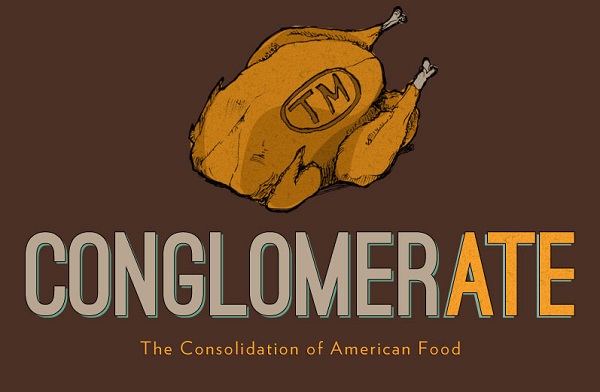
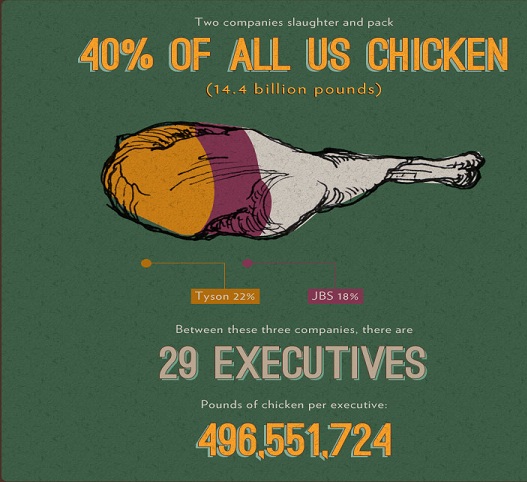
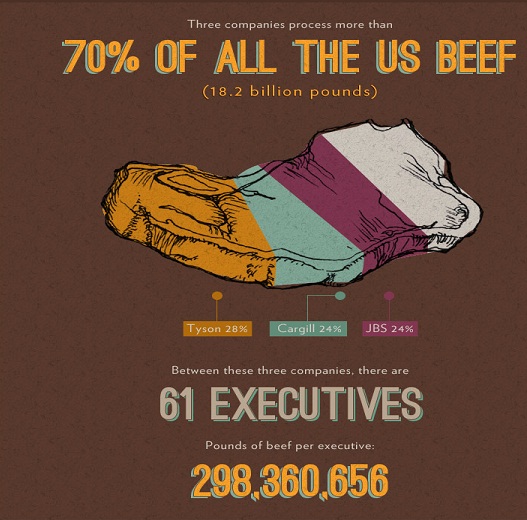
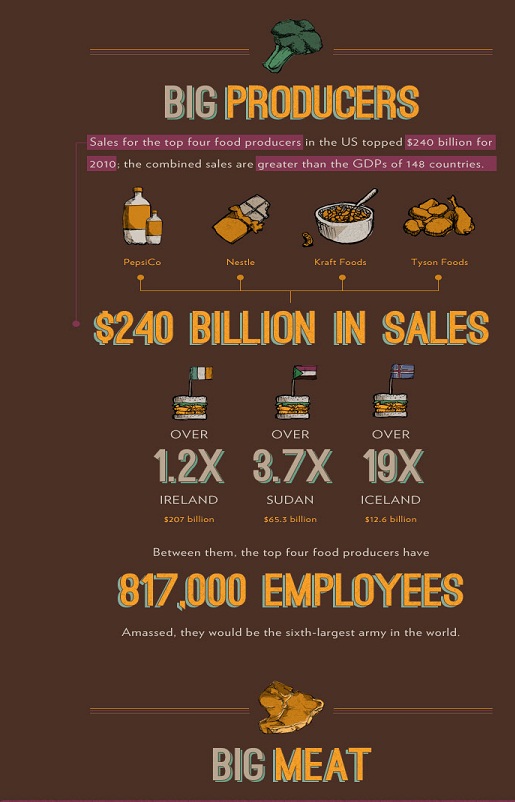
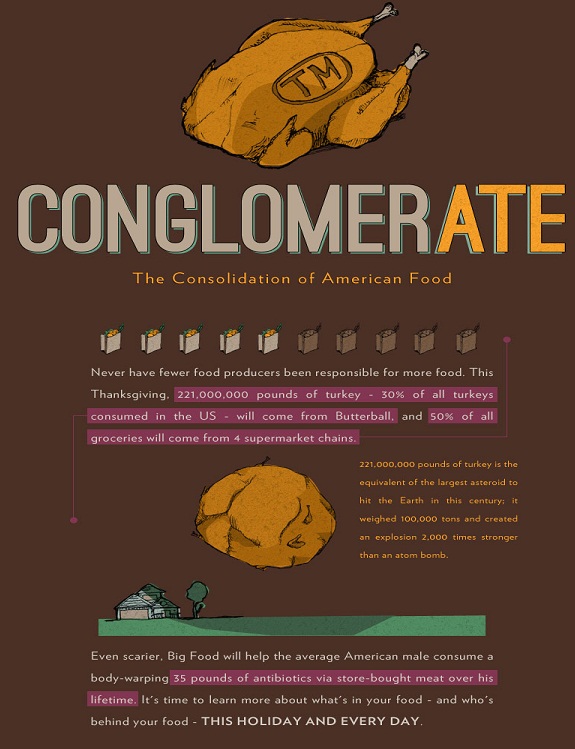
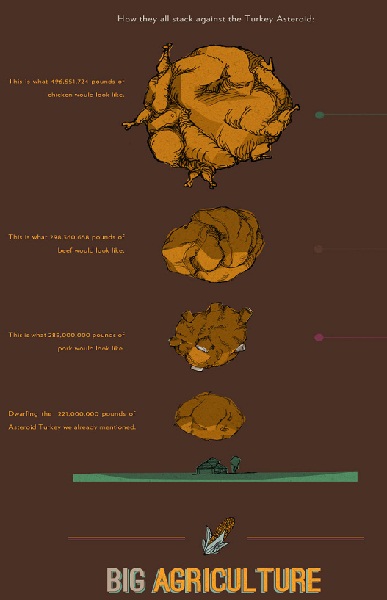

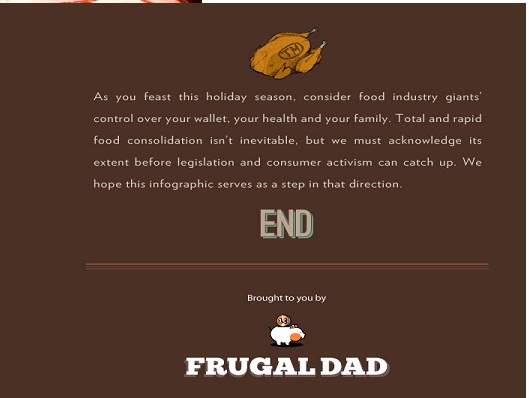

























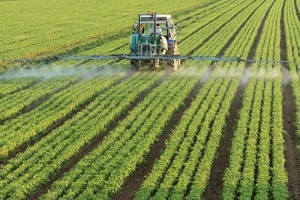












 1. Size doesn’t matter. Maybe you think your company has to grow bigger first before you can enjoy the benefits of energy consulting. But that’s not entirely true. Even a small company can enjoy huge advantages when an energy consultant is on board.
1. Size doesn’t matter. Maybe you think your company has to grow bigger first before you can enjoy the benefits of energy consulting. But that’s not entirely true. Even a small company can enjoy huge advantages when an energy consultant is on board.



